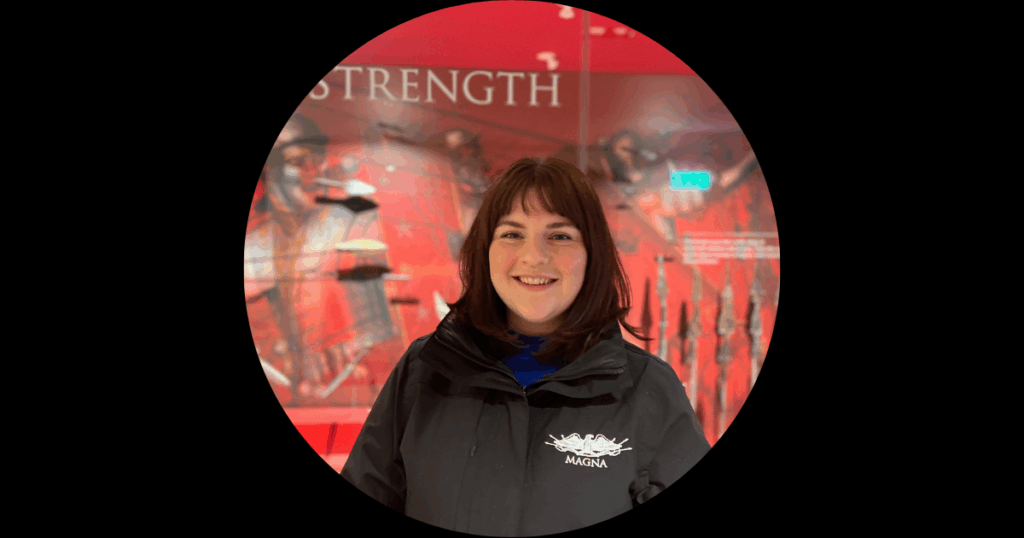Magna Climate Conference: Speakers
Dr Marta Alberti-Dunn
Marta joined the Trust in 2015 to assist in the supervision of the excavations as well as the delivery of the rich research program that the Trust pursues. Her day to day tasks range from teaching field excavation, recording and surveying techniques to volunteers to processing the data collected and working on publications. Her specialist subjects are textile implements on the frontier and their relationship to female identity, as well as volunteer participation in archaeology on Hadrian’s Wall.
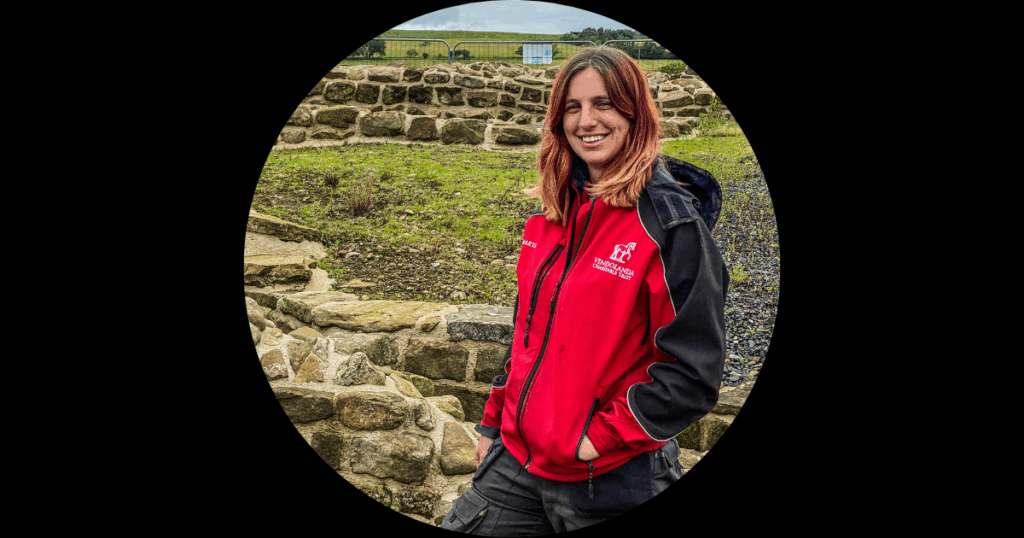
Dr Trudi Buck
Trudi is an Associate Professor of Biological Anthropology at Durham University. Trudi studied Archaeology and Anthropology at Cambridge along with Classics, so working with Roman skeletons brings together all of my interests. Trudi employs forensic anthropological methodologies on human remains in partnership with traditional archaeological methods to create osteobiographies of individuals and groups of those living and dying in the area of Hadrian’s Wall.
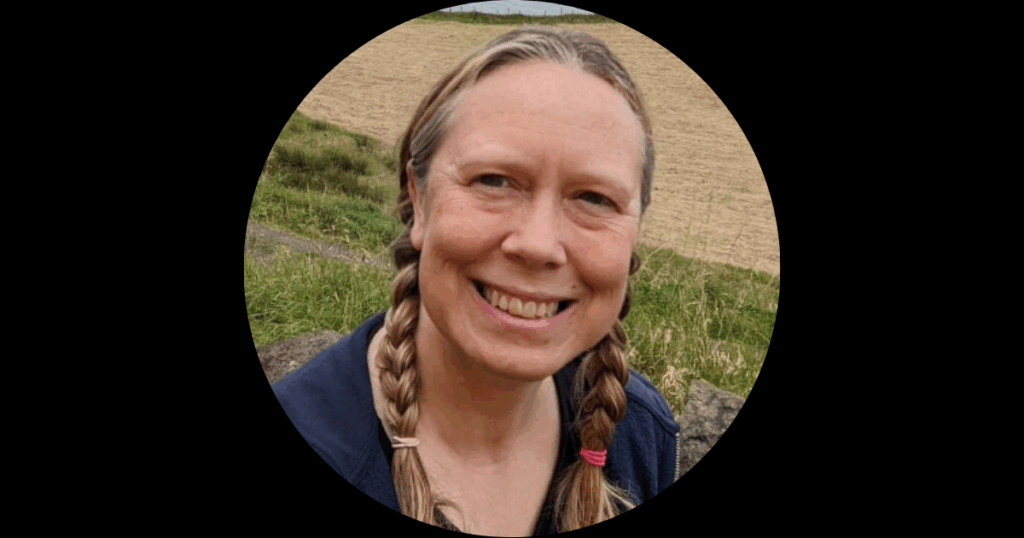
Dr Cristina Crizbasan
Cristina is a Roman pottery specialist and post-excavation supervisor at Vindolanda, where she have worked since 2023. Cristina completed her PhD at the University of Exeter, focusing on Batavian identity expression through pottery consumption. Her research interests include the social and cultural dimensions of pottery, from demand and supply to pottery imitation and replication, personal possessions, and identity. Cristina is particularly passionate about teaching others the secrets of ‘reading pottery,’ revealing how even the smallest sherds can unlock stories about past communities and their connections across the Roman world.
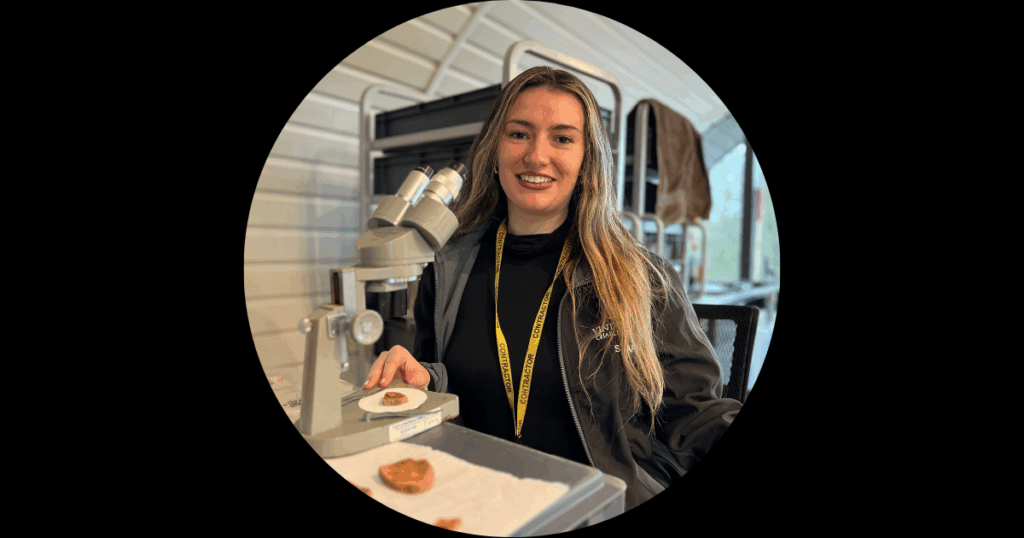
Tom Dommett
As the Head of Historic Environment for the National Trust Tom leads a central team of heritage experts and in-house Archaeologists across England, Wales and Northern Ireland in supporting the conservation and interpretation of the Trust’s incredible collection of archaeological features and historic landscapes, from the largest stone circle in the world at Avebury, Wiltshire, to the remains of nuclear research facilities at Orford Ness, Suffolk. Tom has a passion for community engagement and landscape archaeology, and the ways in which our understanding of the past can proactively shape and inform the decisions we make about the future of our landscapes.
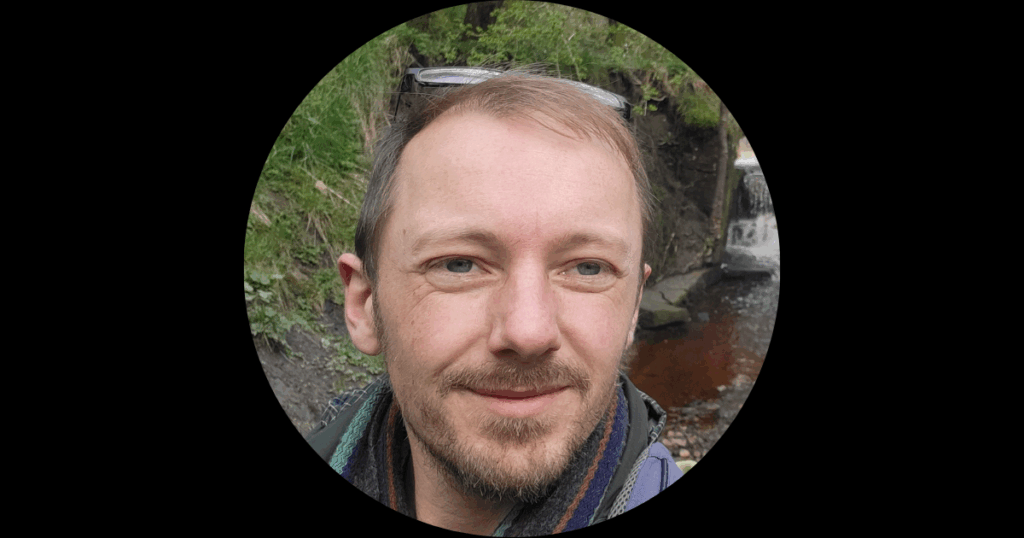
Rachel Frame
Originally from bonnie Scotland, Rachel studied Classics and Latin at school. Rachel then crossed the border to study Archaeology at Durham which included many fieldtrips to Hadrian’s Wall and excavating at Binchester Roman fort. After graduating she started working in commercial archaeology which took me to sites all over the country. Rachel is excited to be back in the North again and looking forward to leading the excavations at Magna.
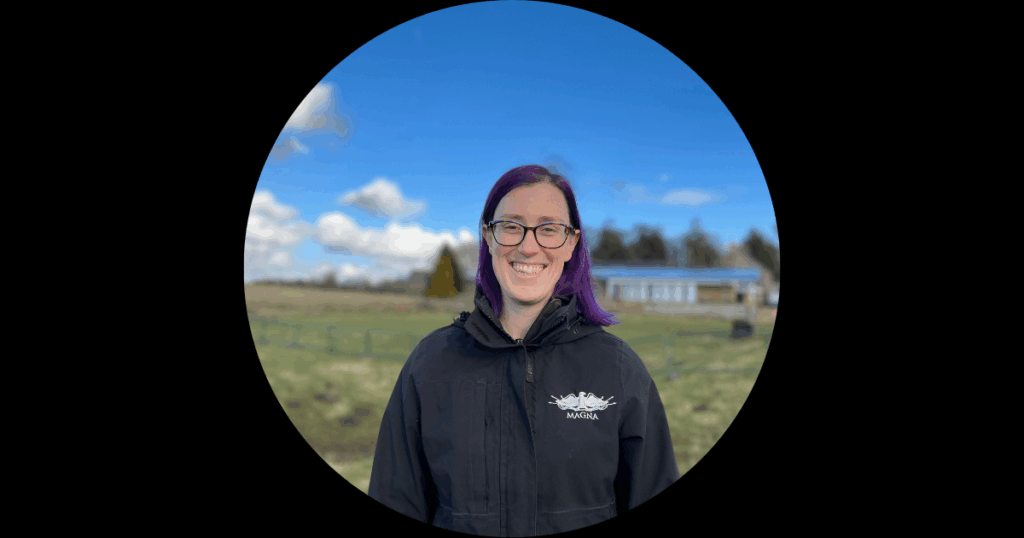
Dr Elizabeth Greene
Elizabeth is Associate Professor and Canada Research Chair in Roman Archaeology at the University of Western Ontario, Canada. Her excavation and research specialize in the Roman provinces and frontiers, with particular focus on Roman Britain and the dynamic military communities that inhabited the frontiers of the northwest provinces. Dr. Greene has been part of the archaeological team at Vindolanda since 2002 and led the excavations in the North Field area of the site for a decade. She is currently the principal investigator of the Vindolanda Archaeological Leather Project and co-director of the Vindolanda Field School.
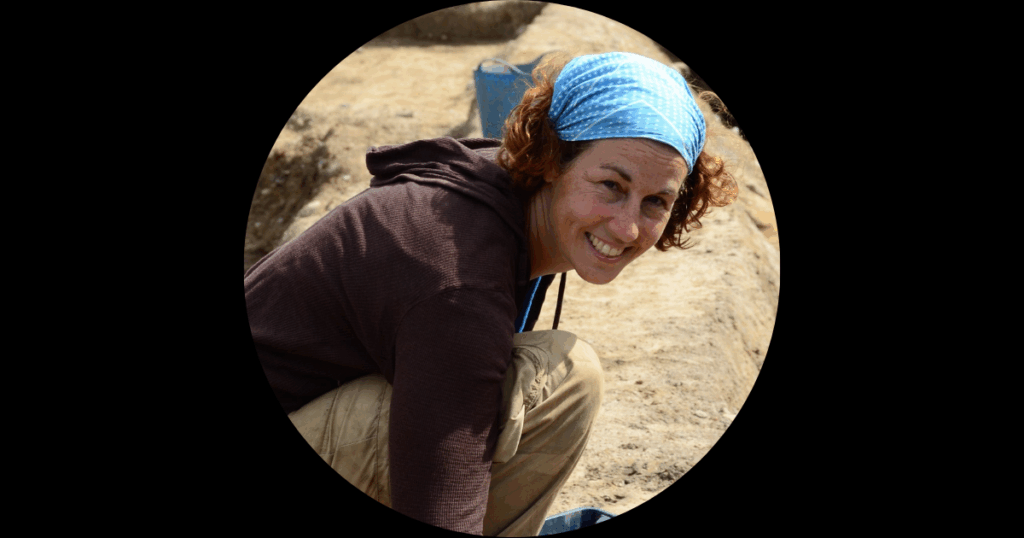
Franki Gillis
Franki is the geoarchaeologist for the Vindolanda Trust, whose research focuses on the impact of climate change on archaeological preservation in anaerobic environments using statistical framework. Franki received an MSc from the University of Edinburgh and has experience in both commercial and academic archaeological fieldwork.
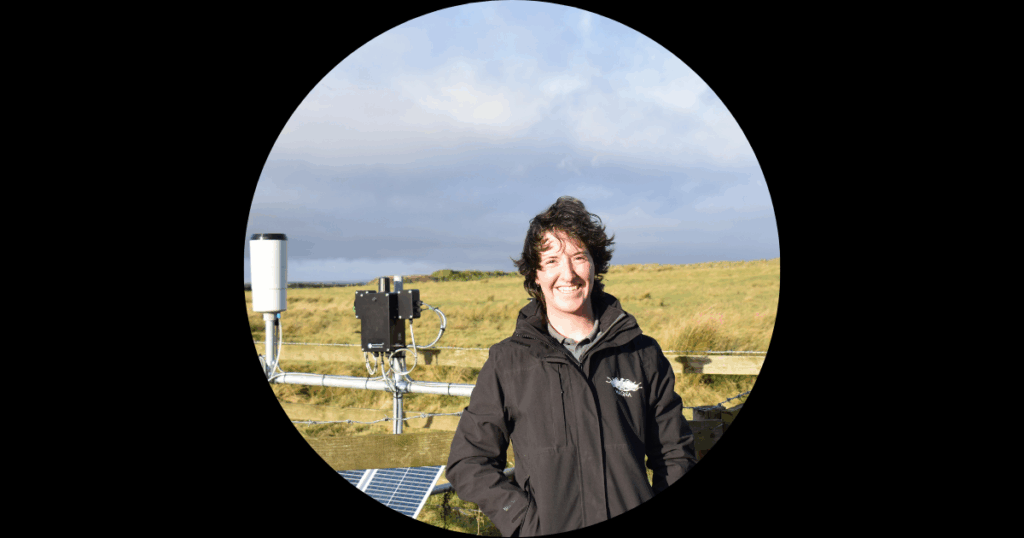
Beth Hinnigan
Beth completed her degree in BSc Environmental Science with first class honours at Teesside University in 2024. She is interested in researching environmental monitoring, especially remediation and restoration projects. She started her graduate internship at the National Horizons Centre in April 2025 and has worked as a Research assistant preparing and testing the Magna soil samples, using Raman near-infrared spectroscopy and portable X-Ray fluorescence, for elemental analysis. She has also helped to analyse and display the results of soil samples from Milecastle 46 and the Vallum as element maps in QGIS.
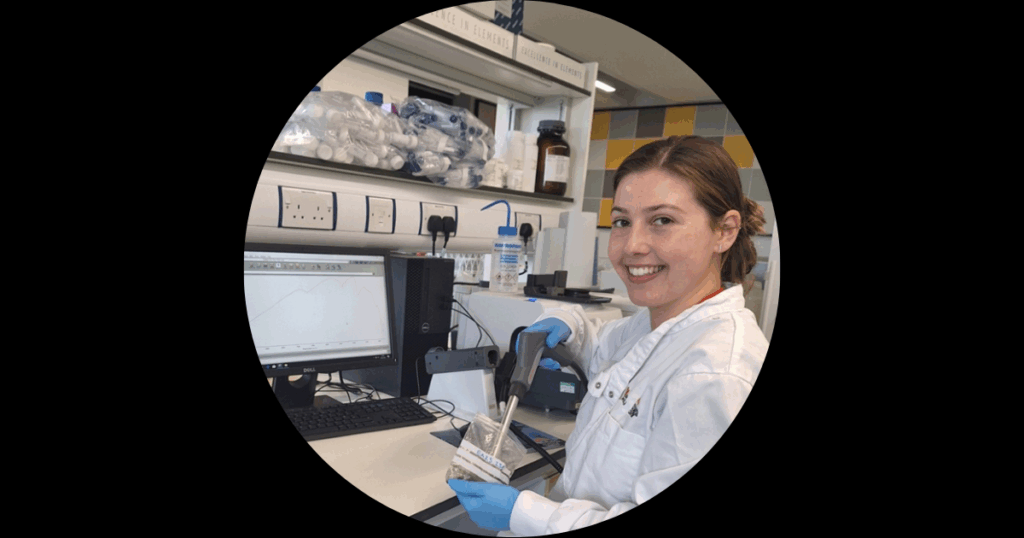
Jacqui Huntley
After taking the Natural Sciences Tripos (Honours Botany) Jacqui undertook research on the history, ecology and palaeoecology of the small leaved lime tree in the Lake District. This was followed by 6 years working on the National Vegetation Classification based back in Cambridge. Upon moving to Durham, Jacqui spent the next 40+ years researching plant remains from archaeological excavations focussing on Northern Britain and especially around Hadrian’s Wall, much of which has been published. For the last 20 years this work morphed into a broader advisory role dealing with queries about all aspects of archaeological science especially in relation to planning led interventions, although research and some lecturing continued.
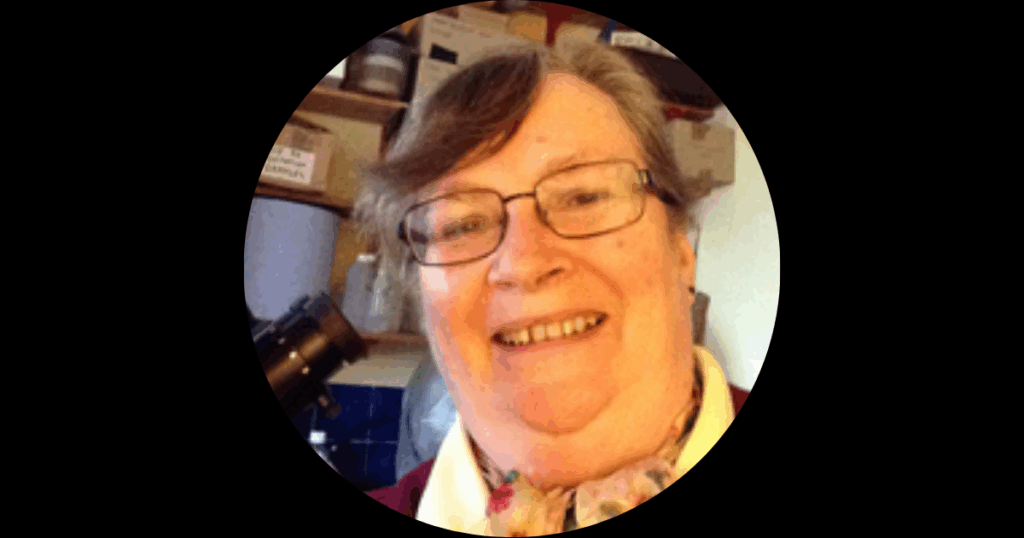
Dr Brian Huntley
Brian is an Emeritus Professor in the Dept of BioSciences at Durham and his main areas of research remain in modelling adaptations of organisms to changing climate using palaeoecological data.

Tom Hazenberg
Tom runs his own research consultancy, organises excavation projects and advises government agencies. In 2024 he became the archaeological coordinator of Nederlandse Limes Samenwerking, an organisation protecting the Roman frontier, which has been granted UNESCO world heritage status.
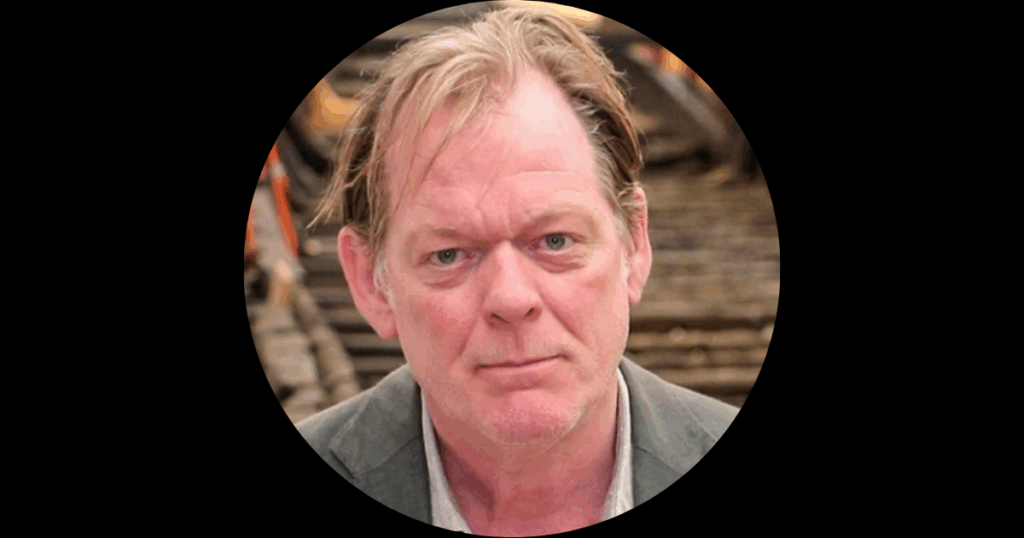
Dr Rebecca Jones
Rebecca leads the Scottish archaeology and history teams in the museum, having joined in June 2024. She previously worked for the University of Edinburgh and Historic Environment Scotland (including both its predecessors, Historic Scotland and RCAHMS). She has an undergraduate degree from Newcastle University and a PhD from Glasgow University on the Romans in Scotland. She led the development of Scotland’s first Archaeology Strategy (2015) which looks to deepen the impact and public benefit of Scottish archaeology within its global context. She is a Board member of ICOMOS-UK and a Trustee of Bright Green Nature, a biodiversity charity based in the Scottish Borders. She is also a Visiting Professor at Heriot-Watt University. Her research work has focused on three themes: Archaeological research on Roman frontiers in northern Britain; Historiography of Roman frontier scholarship in the 20th century; World Heritage.
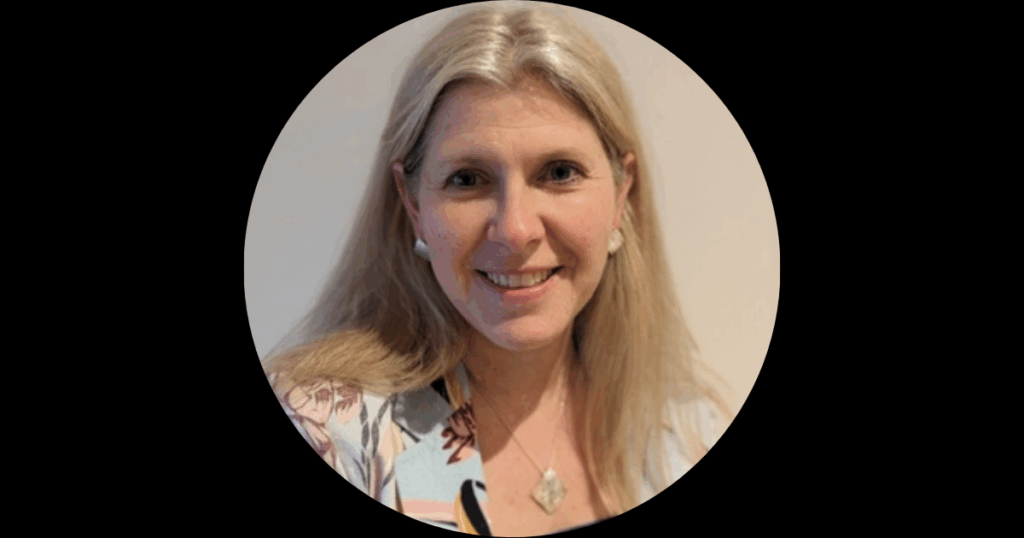
Dr Bob McCulloch
Bob is a Physical Geographer and has considerable experience in the reconstruction of landscape change from the last ice age to the present. His areas of expertise include palaeoecology (pollen analysis), geomorphology, sedimentology, and geochronology (including teprochronology – volcanic ash). Bob’s research has focused on the interlinked themes of climate change and the role of human activity within a variety of landscapes, including Scotland – the Late glacial/Holocene transition in the Northern Isles and landscape change in the Hadrianic frontier zone, Iceland – Norse impacts and climate change, and Patagonia – the Late glacial/Holocene transition and the landscape of the hunter-gatherer early people.
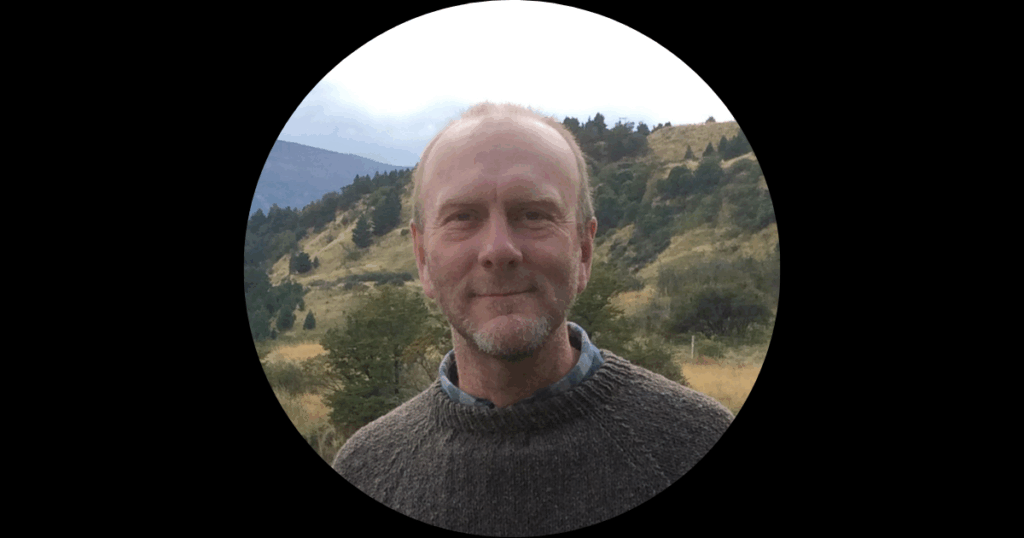
Dr Eva Panagiotakopulu
Senior Lecturer in Palaeoecology, University of Edinburgh, Eva is interested in use of insects in palaeoenvironmental interpretation; Identification of Coleoptera (beetles) and Diptera (true flies) from Quaternary and archaeological contexts; Site taphonomy and preservation of fossil insect remains; History of insect-borne diseases; History of the pests of stored products and their impact on past societies, particularly in the Mediterranean; Environmental change in Arctic and sub-Arctic regions

Dr Christoph Rummel
As a general affairs officer, Christoph is responsible for scientific communication, reporting, cooperation, and general support to the RGK management. He is also the head of the RGK’s Limites and Gamzigrad research projects. 2019 – 2045: Research Associate at the RGK, since November 2020 Scientific Councilor; 2015 – 2018: Research Associate, Institute of Classical Archaeology/Cluster of Excellence 264 TOPOI, Free University of Berlin (excavations at the Republican and Stabian Baths in Pompeii and the “South Sanctuary/House of the Two Skeletons” in Morgangina, project leader M. Trümper).
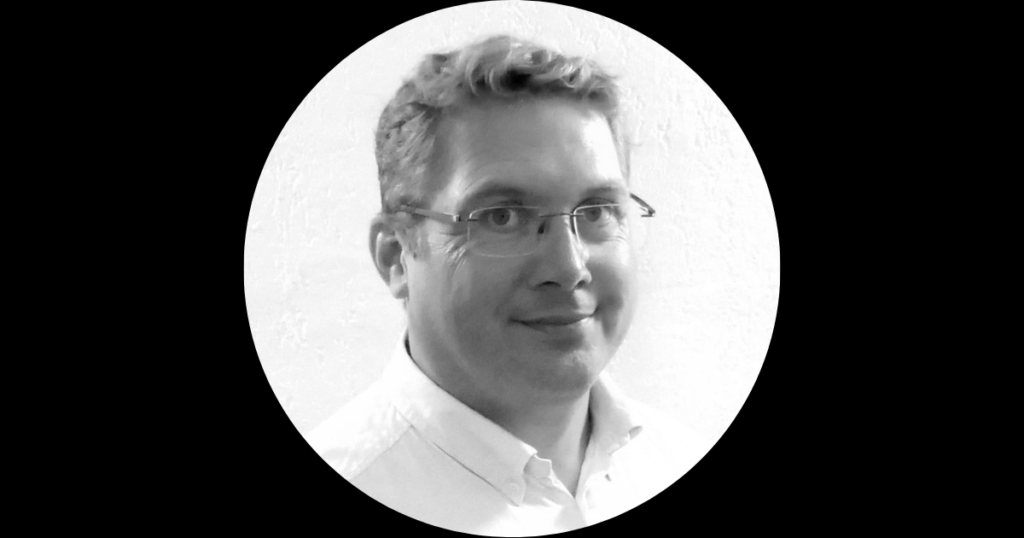
Dr Tanja Romankiewi
Tanja is an archaeologist interested in buildings, and an architect interested in the people of the past.
Tanja studied architecture and building archaeology in Cologne and Berlin, and joined the University of Edinburgh for various Post-Doctoral Fellowships from 2013. Since 2023, she had held a Lectureship in Archaeology. While concentrating on brochs, the drystyone “towers” of the Scottish Iron Age in her PhD, Tanja has since working more widely on the use of earth and turf materials in prehistoric and Roman building, in northwest Europe and beyond. Her current interest is to investigate the sustainability of turf buildings – then and now.

Dr Gillian Taylor
Gillian is an Associate Professor in Analytical Chemistry at Teesside University. After completing a PhD on pottery residues from Cladh hallan, Outer Hebrides, Gillian specialised in mass spectrometry and chromatography method development towards understanding chemical changes within the archaeological environment.

Sophie Westlake
Sophie is the Activity and Diversity Officer for the Vindolanda Trust, focusing on engaging audiences with ongoing research at Magna Fort. She completed an MA in Heritage Studies with distinction at the University of Newcastle, exploring embodiment in digital spaces of UK heritage sites. Sophie is also a GEM North East representative with a strong interest in accessibility, sensory engagement, and community heritage projects.
